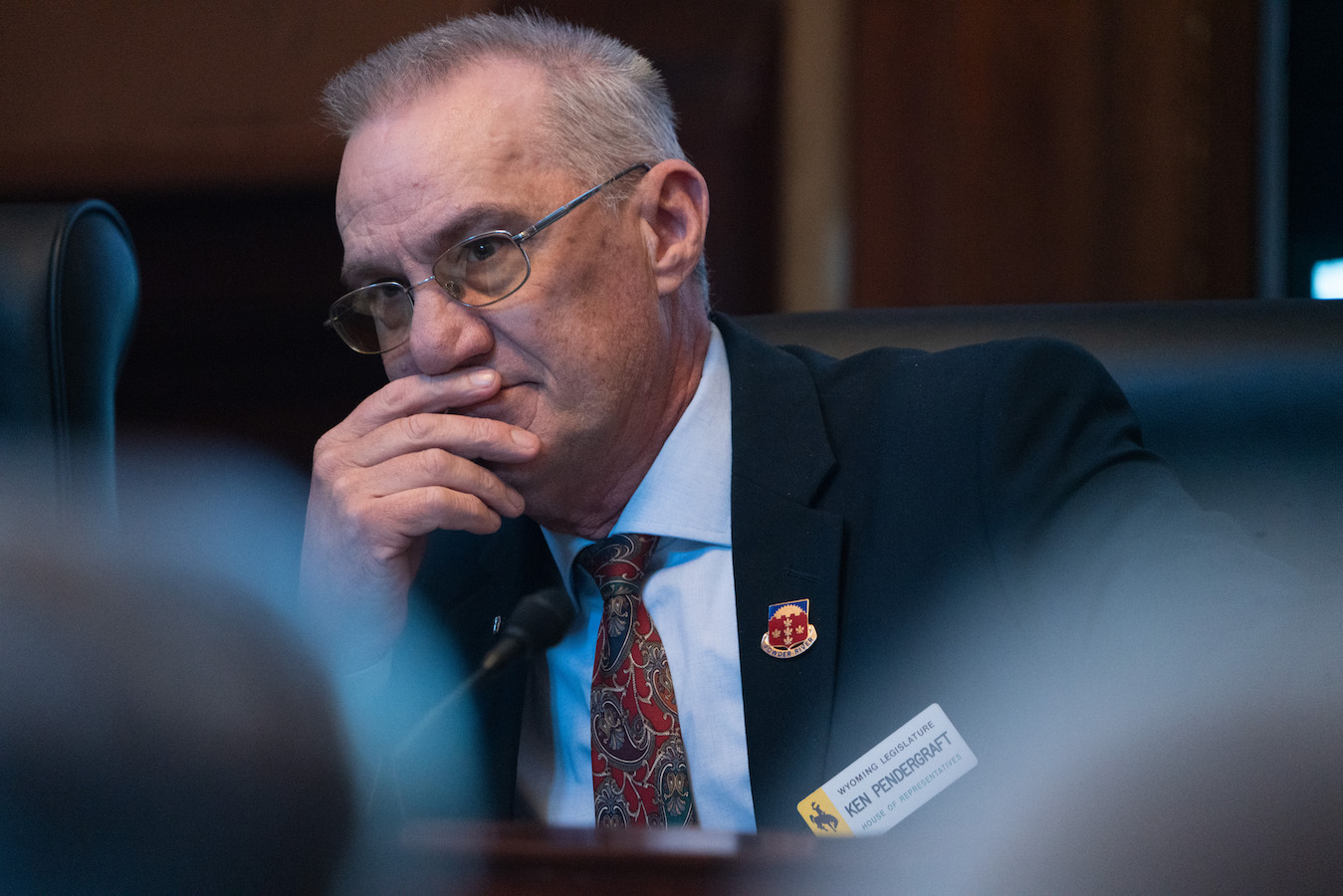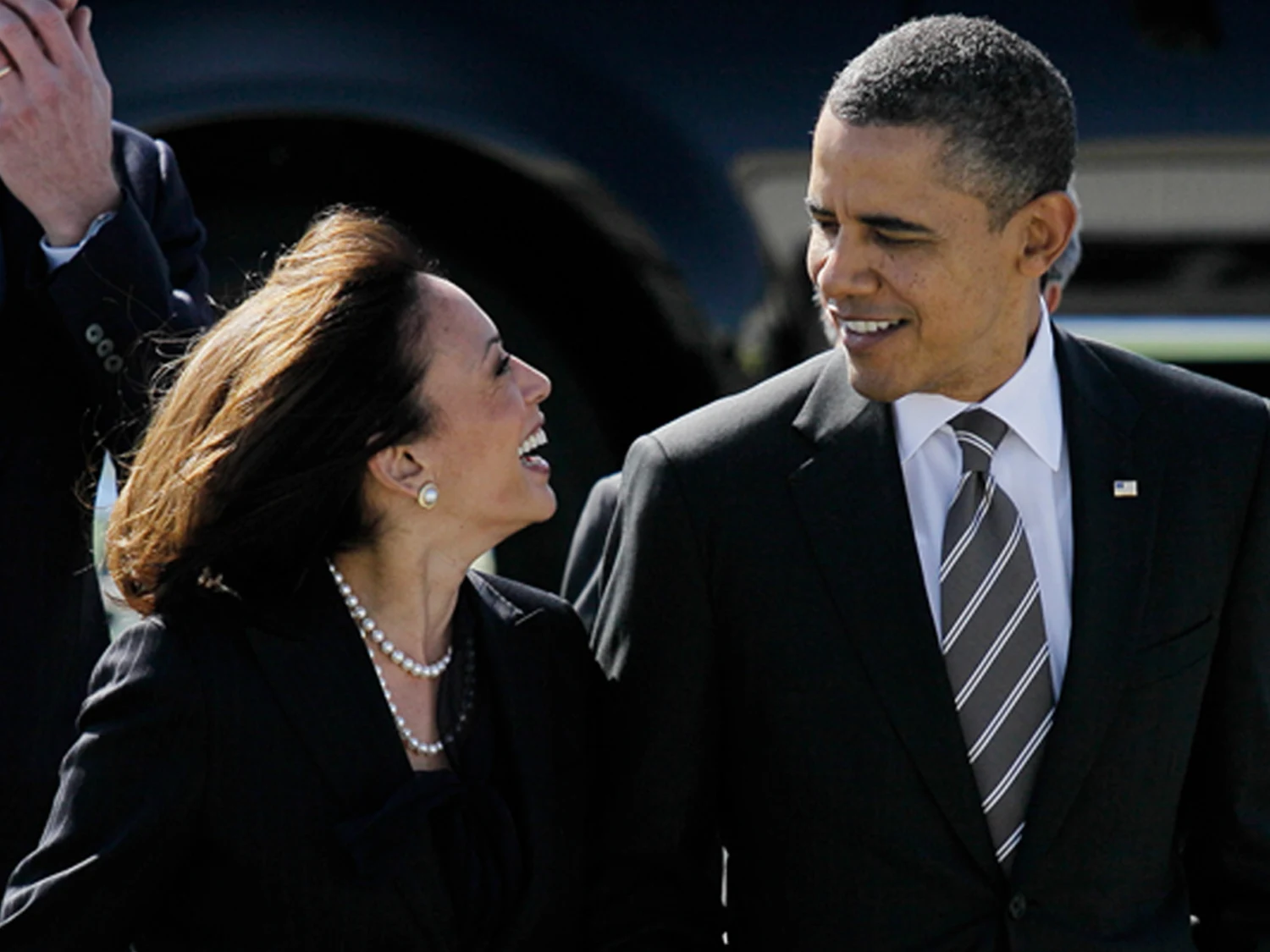The United States is on course to reach a historic level of national debt, potentially surpassing its previous peak from the end of World War II—this time, not in the aftermath of a global conflict or economic depression, but during a period of low unemployment and relative economic stability.
According to projections from the Congressional Budget Office (CBO), US debt is expected to exceed the size of the nation’s economy by 2032. However, that milestone could arrive even sooner if Congress passes the large tax and spending legislation currently being advanced by Republican lawmakers. Budget analysts now estimate that the national debt could surpass 113% of gross domestic product (GDP) in the near term and climb to as high as 129% by 2034 if the GOP-backed bill becomes law.
Historically, high levels of federal debt have been tied to extraordinary circumstances such as wars or recessions. The US last hit a record debt-to-GDP ratio of over 100% in 1945, driven by the financial demands of World War II and the Great Depression. Today’s debt increase, however, is unfolding without such immediate crises, prompting concern among economists and fiscal watchdogs.
The rise in debt is largely attributed to persistent budget deficits—where government spending has outpaced revenue generation for more than two decades. The new Republican proposal would further expand tax cuts and increase defense spending, while reducing costs in other areas such as Medicaid and energy tax credits. Still, analysts say the proposed savings are unlikely to offset the cost of the tax changes.
The Committee for a Responsible Federal Budget, a nonpartisan fiscal policy group, warns that the legislation could push the debt to unprecedented levels. Even under scenarios where tax cuts phase out as scheduled, the group projects debt-to-GDP ratios of around 125% by 2034. If the cuts are extended indefinitely, that figure could be even higher.
Other long-term projections are even more stark. The Center for American Progress, a progressive think tank, suggests that debt could reach 200% of GDP by 2055 if all temporary provisions in the proposed legislation are made permanent. Without any changes to current law, that estimate is still projected to be a troubling 156%.
Elevated interest rates in recent years have accelerated the government’s borrowing costs. Last year, the US spent more on interest payments than it did on Medicare or national defense. Moody’s, the credit rating agency, recently downgraded the government’s credit outlook, citing the ballooning debt load as a key factor. The downgrade reflects growing concerns about the government’s ability to meet its financial obligations in the long run.
Economists warn that continued increases in debt could lead to rising interest rates, making it more expensive for the government to borrow during future emergencies such as a recession, natural disaster, or conflict.
“We are entering uncharted territory,” said Maya MacGuineas, president of the Committee for a Responsible Federal Budget. “The last record was set after a world war. This time, we’re approaching it in a strong economy. That contrast is stunning.”
Despite the concerns, some policymakers have questioned the reliability of long-term forecasts, arguing that tax cuts will stimulate enough economic growth to offset their cost. Yet most independent analysts remain skeptical of that claim. Natasha Sarin, president of the Yale Budget Lab, cautioned that while the exact tipping point is unknown, the US is getting closer to a potentially dangerous debt threshold.
“A crisis always feels far off until you’re in one,” she said.
The debt trajectory has been climbing under both Democratic and Republican administrations. President Trump’s first term included a sweeping tax cut and pandemic-related spending. The Biden administration also added to the debt through infrastructure investments and additional pandemic relief. Similar trends were seen under Presidents George W. Bush and Barack Obama.
International voices have also weighed in. Gita Gopinath, first deputy managing director of the International Monetary Fund, told the Financial Times that US fiscal deficits are “too large” and need to be reduced.
“We should have a fiscal policy in the US that is consistent with bringing debt to GDP down over time,” she said.
With input from the New York Times and Axios.










The latest news in your social feeds
Subscribe to our social media platforms to stay tuned